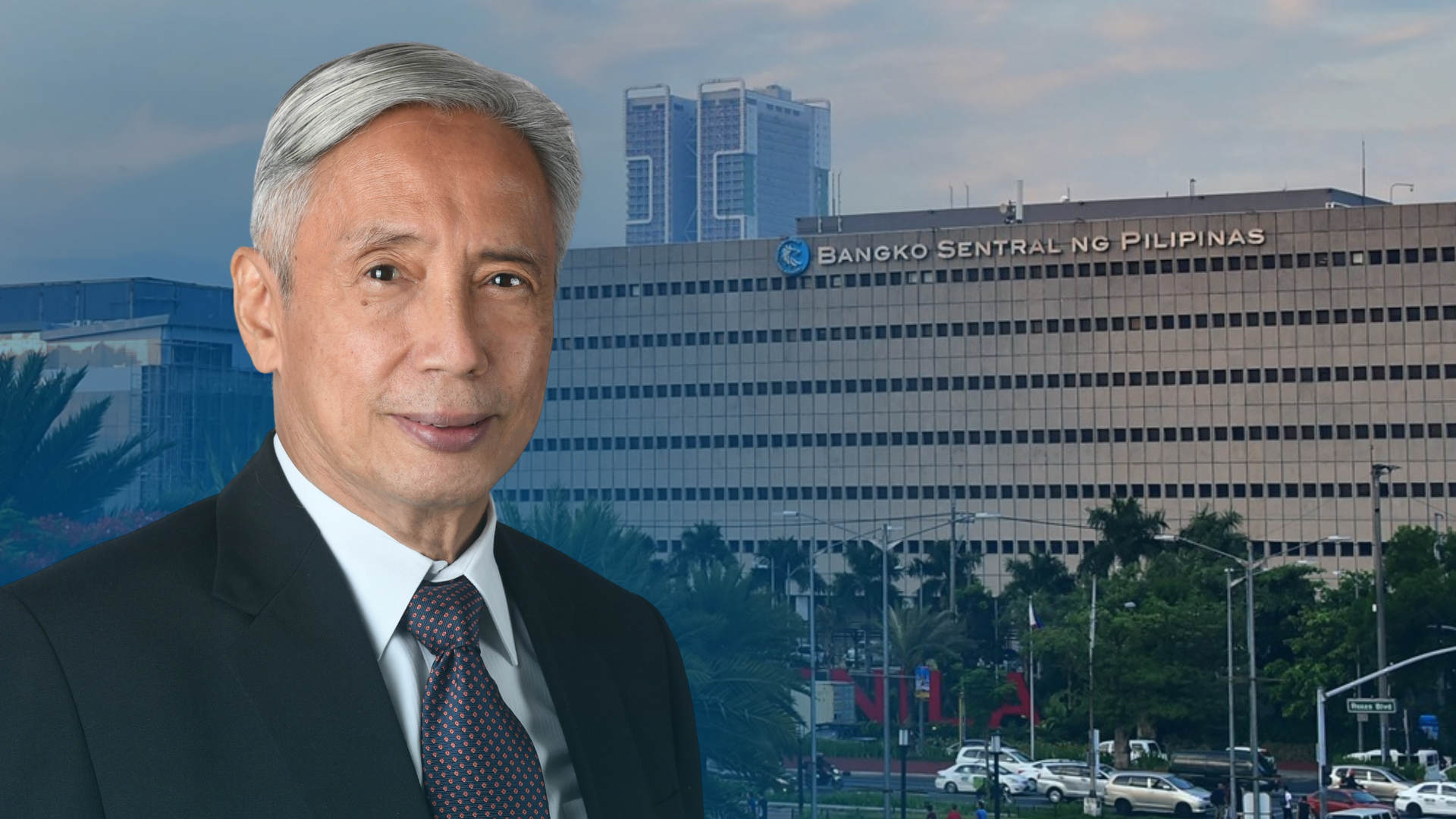The rate of increase in the prices of basic goods and services further accelerated to as high as 8.6 percent in December, mainly due to more expensive electricity, cooking gas, agricultural commodities and meat and fish products, according to estimates of the Bangko Sentral ng Pilipinas (BSP).
The BSP forecast placed inflation across the Philippines at between 7.8 percent and 8.6 percent. With the 0.4-percentage-point room for deviation, the December rate likely settled at 8.2 percent, faster than the 14-year high of 8 percent recorded in November.
The central bank earlier expected inflation to have reached a peak in October, but destructive typhoons saw the rate of increase in prices of basic goods and services go even higher in November, then likely peaking this month, even with the lower prices of petroleum products and rice as well as the appreciation of the Philippine peso against the US dollar.
BSP Governor Felipe Medalla said inflation would most likely be slower in January. He also said that by the second half of 2023, monthly inflation could recede back into the government’s target range of 2 percent to 4 percent.
Finance Secretary Benjamin Diokno shared a similar view, saying that the average full-year inflation will start to ease next year and will be within the target band by 2024.
“This positive prediction is based on the very close coordination between monetary and fiscal authorities and the falling prices of oil and related commodities,” Diokno said in a statement.
The finance chief noted that oil prices, a major source of imported inflation, had gone back to levels seen before the Russian invasion of Ukraine in February 2022, amid worries over global demand outlook.
“Rising COVID cases and the strict quarantine measures in China have had dampening effects on crude oil prices and other energy commodities,” he said.
Diokno said prices at the oil futures market remained on a downtrend as of Nov. 29 because of weak demand due to disruptions in economic activities in China, tighter global financial conditions, and deteriorating world growth prospects.
He said that despite persistently high growth this year, the continuing expansion of the Philippine manufacturing sector as well as improving employment rate in the country showed that the government’s goal of seeing the economy grow at more than 7.5 percent in 2022 was “doable.”
When full-year data become available, the numbers would show that “all sectors will be surging, led by manufacturing and construction, while strong domestic demand is supplemented by exports,” Diokno said.
“Employment rate, a key metric in a labor-rich country, has exceeded prepandemic levels, creating some 4.6 million new employment,” he added. INQ
